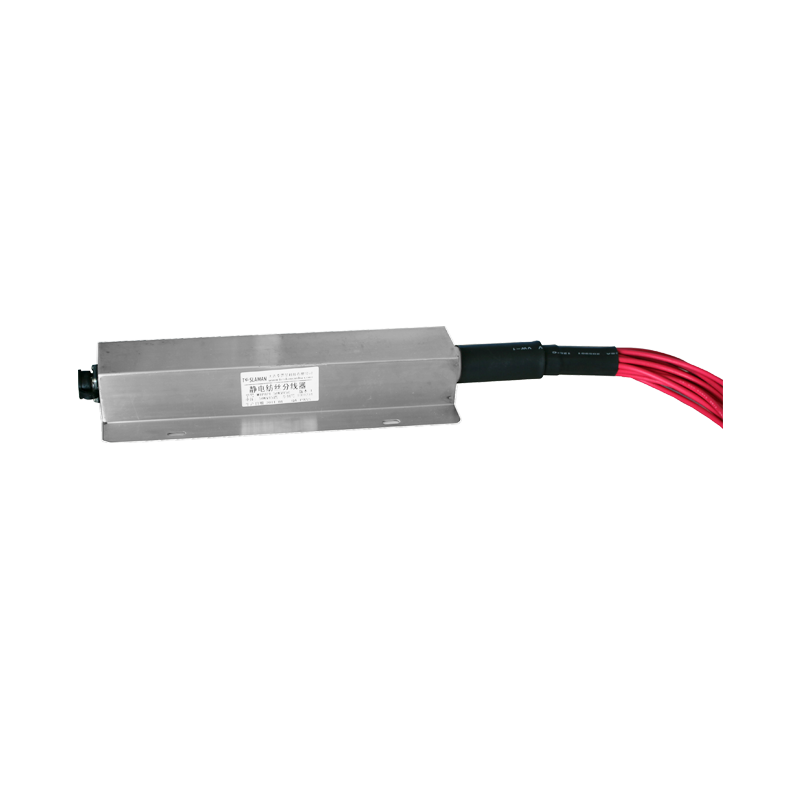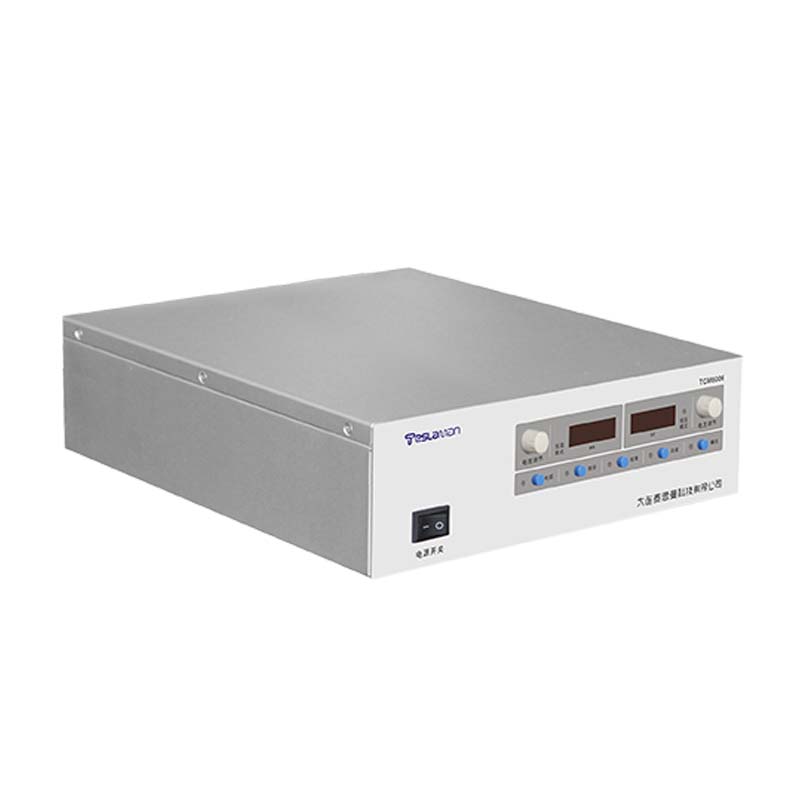Technical Challenges of High-Voltage DC Power Supplies in Aerospace
In the aerospace field, high-voltage DC power supplies have gradually become the core choice for system power supply due to their high efficiency and low loss. However, the harsh application environment and complex system requirements pose numerous technical challenges to high-voltage DC power supplies.
Firstly, voltage conversion and stability are significant problems. Aerospace equipment has extremely high requirements for the accuracy of the power supply voltage, and even minor fluctuations can affect the normal operation of the equipment. In space, power supplies need to withstand extreme temperature changes, with temperature fluctuations ranging from -150°C to 150°C or even wider. This can cause changes in the parameters of internal components of the power supply, thereby affecting the voltage conversion efficiency and output stability. At the same time, the space radiation environment is complex, and the bombardment of high-energy particles can cause single-event effects in the internal semiconductor devices of the power supply, resulting in abnormal fluctuations in the power output voltage and even system failures.
Secondly, there are difficulties in improving power density. Aerospace missions have strict restrictions on the weight and volume of equipment, which requires high-voltage DC power supplies to achieve higher power output within a limited space. However, as the power density increases, the heat dissipation problem inside the power supply becomes more and more prominent. Traditional heat dissipation methods are difficult to meet the requirements, and the research and development of new heat dissipation materials and structures not only need to overcome technical problems but also ensure reliability and stability in extreme environments, which is a huge challenge for the R & D team.
Furthermore, the challenges of system integration and compatibility are significant. Aerospace systems consist of numerous subsystems, each with different power requirements. High-voltage DC power supplies need to work in coordination with different load devices, control modules, and other power systems. However, there are differences in interface standards and electromagnetic compatibility characteristics among various devices, which can easily lead to interference and compatibility issues. In addition, the fault diagnosis and fault-tolerance design of the power supply system are also crucial. Once a power supply failure occurs, it is necessary to accurately determine the fault location and achieve fault tolerance within a short period to ensure the safe operation of the entire aerospace system.
Finally, ensuring the lifespan and reliability is extremely difficult. Aerospace missions have long cycles, and high-voltage DC power supplies are required to have extremely high lifespan and reliability. During the long-term operation of internal electronic components of the power supply, their performance will decline or even fail due to factors such as aging and fatigue. How to optimize the circuit topology, select high-reliability components during the design stage, and conduct effective condition monitoring and maintenance during operation to extend the lifespan of the power supply and ensure its reliability is an urgent problem to be solved.
Facing these technical challenges, researchers need to continuously explore and innovate, comprehensively apply new materials, new processes, and new theories, and optimize and improve high-voltage DC power supplies from multiple aspects to meet the growing demands of the aerospace field and promote the continuous development of aerospace technology.




















